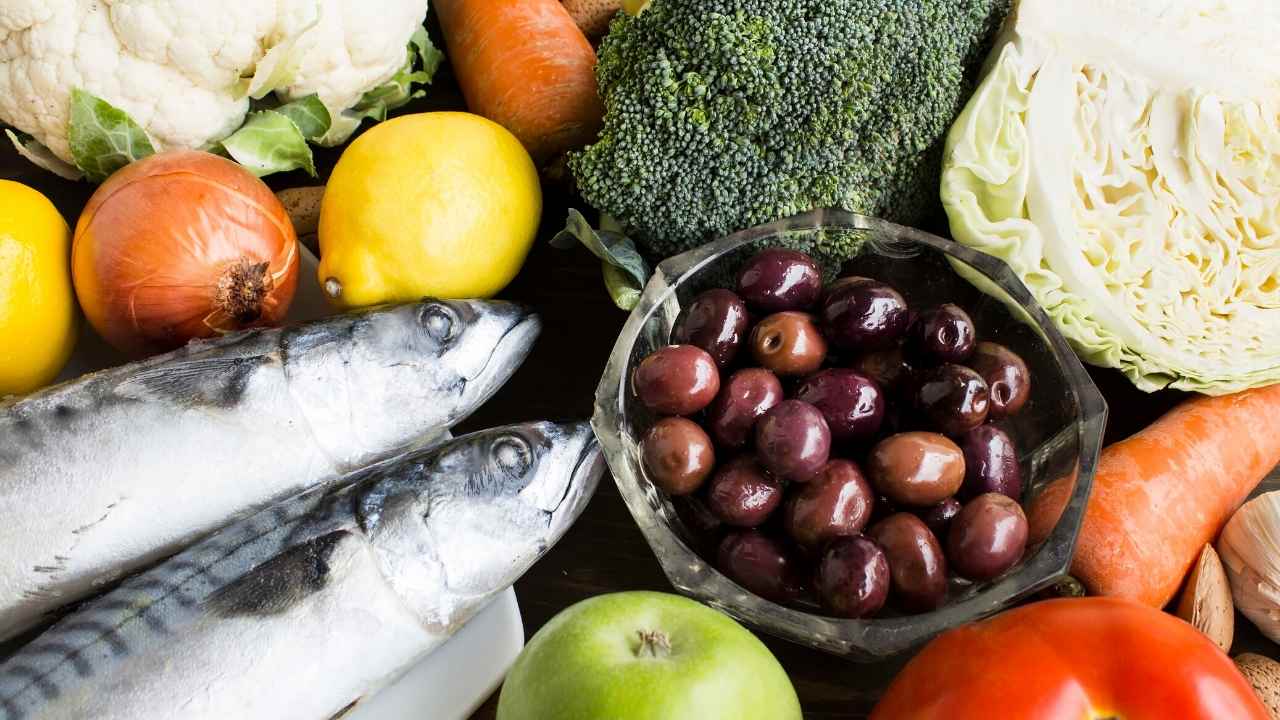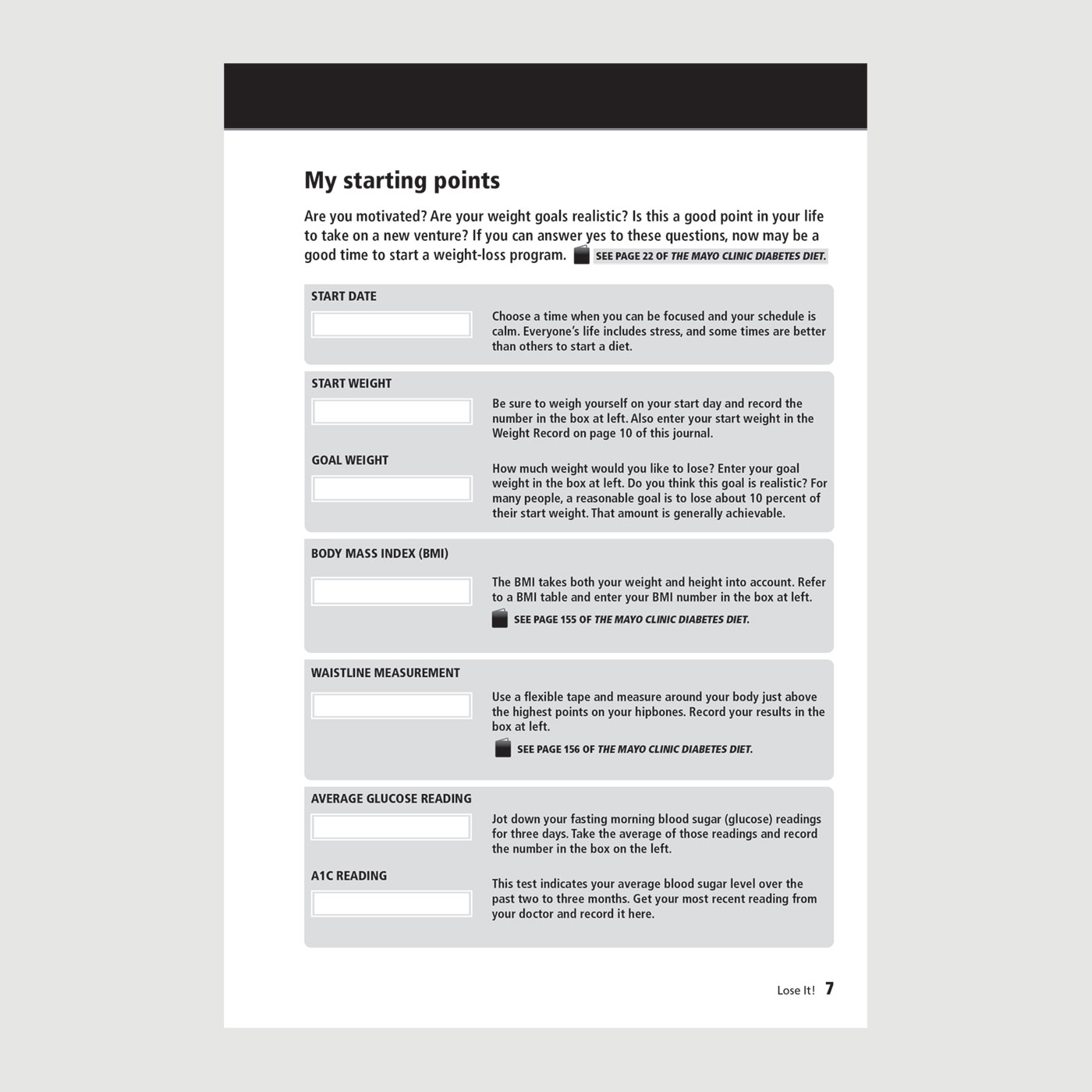
The average person believes they need more protein that they actually do. However, most packaged foods contain sugar and artificial coloring. These foods are often high-processed and loaded with additives, transfats, hydrogenated oils, and other harmful chemicals. You can substitute these foods with healthier options. Cooking with lean meats and vegetables is a healthier way to prepare food.
Another misconception is the belief that foods high on sugar are high calorie. These foods may be delicious, but they can have a negative impact on your health. Many of these products are full of bad fats and sugars which can adversely affect your overall health. Fruits and vegetables, on the other hand contain lots of fiber and essential nutrients. This will ensure your body stays healthy and prevent future illnesses. Fruit is an important part of a healthy diet.

These foods are delicious, but they can be harmful to your health. These foods are high in unhealthy fats and calories, which can lead to a poor health. Consider eating fruits and other vegetables instead. Both of these foods are rich in nutrients. Be careful to eat these in moderation. These are the best snacks you can eat for your health. Try organic food next time you shop. Organic foods are healthier and taste better than traditional food.
Some fruits and vegetable are good for you, while others can be harmful. These include corn, peas, squash, and potatoes. These are low in vitamins, which means they're not good for you. These foods are high-calorie and therefore not recommended for a healthy diet. However, if you do choose to eat these foods in moderation, you'll be eating less of these processed foods and being healthier for it.
Labels on foods can be deceiving. A false label, such as "multigrain bread", could be used to deceive consumers. This type bread must only contain whole grain flours at 100 percent and no refined flours. Some "healthy" foods can be loaded with sugar and fat in order to make them delicious. Similarly, some popular healthy food products are not good for you. You can't be sure of its quality and nutritional value if you're not certain about the brand.

It is important to remember that healthy food does not necessarily mean "healthy". Avocados, for example, are healthy, but high in fat. Avocados should only be consumed once per day. Other foods that sound bad for you include chocolate and ice-cream.
FAQ
What is the best exercise for busy individuals?
Exercise at home is the best method to stay fit. It doesn't take much to get fit. You can do simple exercises at-home without having to purchase expensive equipment.
You will need a pair, mat, chair, timer, and some dumbbells.
Consistency is the most important thing. You could lose motivation if your workouts are not consistent for more than a few consecutive days.
Start by lifting weights 3x per week. This could include squats, lunges, push-ups, pull-ups, dips, curls, etc.
Once you've mastered the basics, you can start to move on to other types of exercise such as running or jumping rope, skiing, yoga, Pilates and dancing.
When choosing an exercise program, remember to choose the ones that suit your lifestyle. Exercises that take too much energy, for example, might not be a good fit for someone who works long hours.
If you're a night owl then it is better to exercise in the evening than in the morning.
Listen to your body. Stop when you feel tired.
What length of Intermittent Fasting should I be doing to lose weight?
It's not as easy to answer as you might think. For optimal fat loss, you need to take into account many factors. These are:
-
Your age. For example, if you're young (under 40), intermittent fasting may be too difficult for you because you have less time to recover from each day's fast. If you are older than 60, you might find it difficult to maintain a prolonged period of daily fasting.
-
Your current body composition. Longer periods of fasting are more beneficial if you have a lot muscle mass. For those with less muscle mass, however, you may be able to benefit from shorter fasting times.
-
How physically active you are. You may need to increase your fasting time if you exercise often. This will ensure you get enough rest between workouts.
-
Your health history. Additional fasting monitoring may be required for certain medical conditions such as diabetes or heart disease.
-
How do stress and anxiety affect you? Stressful situations often make us eat less. You may need to extend your fasting times in order to avoid this problem.
-
What type of diet do you follow? Certain diets, like ketogenic diets, may require even longer fasting periods.
-
Your sleep quality. Also, a lack of sleep has been linked with increased appetites and decreased metabolism. You may need to experiment before you discover what works for you.
-
Your daily intake of protein. Consuming more protein helps to stabilize blood sugar levels. This could lead to lower insulin levels. This would allow for you to fast more often.
-
No matter if you are trying gain or lose weight. People trying to gain weight often need longer fasting periods than people trying to lose weight.
-
What percent of your daily calories are you consuming during your fasting time? Fasting for fewer calories per days may lead to greater fat loss than fasting with more calories.
-
Your overall fitness. Faster people are more likely to be fit, and burn more calories during the day.
-
Your gender. Men tend to have greater appetites that women, so they may need a longer fast. Women generally have smaller appetites, so they may only need to fast for about 20-30 minutes every morning.
-
Your lifestyle. Do you exercise a lot? Do you exercise multiple times a week or do you just go to the gym? Does your job involve sitting at a desk all day long? All of these things can affect the amount of time you should fast.
-
What amount do you spend on food each month? Healthy eating doesn't mean you have to spend a lot on groceries. You can save money by buying whole grains instead of white bread, fruits instead of candy bars, and lean meats instead of fatty cuts.
-
It is vital that you control your hunger. If you don't want to skip meals, you might not need to fast as long as other people do.
What Amount of Weight Can You Lose In A Week?
Your current body fat percentage will determine how much weight you can lose. The first thing to do is to calculate how much weight you want to lose and then find out what your BMI (Body Mass Index) is. Your BMI is a measure of how much weight you need to lose. If your BMI is 25 or greater, you're overweight. If your BMI falls below 30 you are considered obese.
For example, if 200 pounds is your BMI, it would be 28.7. This means that you'd need to lose around 70 pounds to get down to a healthy weight range. To see if you're overweight, visit www.healthyminds.com/bmi/.
You can calculate the number of pounds you'll lose each week by knowing your BMI.
(Your Goal Weight - Current Weight)/BMI * 7 Number Of Pounds Lost Per Week
If you want to lose 50 pounds in one month, you'd need 2 weeks' worth of exercise, which equals 56 days, divided by 7 pounds lost per day. That works out to 8.3 pounds lost per week.
You could also try this calculator from www.weightlosscalculator.net. It will provide an approximate amount of calories that you would need daily to lose one pound per month.
How often do people fast regularly?
A majority of ketogenic dieters fast one week. However, there are some who fast twice per week. Some others fast three days per week.
There is a variation in the length of fasts. Some fast for 24 hours while others fast for 48.
Some people can even travel for up to 72 hours. However, these extreme cases are rare.
Statistics
- According to Harvard Health, it's estimated that a 155-pound (70-kg) person burns roughly 112 calories per 30 minutes of weight training (5). (healthline.com)
- One study in 9 active men found that HIIT burned 25–30% more calories per minute than other types of exercises, including weight training, cycling, and running on a treadmill (18Trusted Source (healthline.com)
- Among women, the increase in metabolic rate was nearly 4%, or 50 more calories per day (14Trusted Source (healthline.com)
- According to a study sponsored by the American Council on Exercise, a person weighing around 140 pounds (64 kg) would burn 108 calories at a 30-minute beginner's Pilates class or 168 calories at an advanced class of the same duration (26). (healthline.com)
External Links
How To
How to Intermittent Fasting
Intermittent fasting refers to a diet where you only eat one day per semaine, typically Monday through Friday. This is a way to cut down on calories while still getting enough nutrition. This helps you lose fat more quickly than if it were your normal meals for the entire week.
The most popular form of IF is to limit calories to certain days. This would be a way to skip breakfast and eat whatever you want throughout the day. It is possible to choose to have three smaller meals each day, rather than two large.
Many forms of intermittent fasting are available, such as alternate day fasting (5/2 fasts), 8/4 fasts and 16/8 fasts. Each form of intermittent fasting comes with its own pros and cons. Alternate day fasting is the easiest way to start out because you don't have to make any major changes to your lifestyle. Some people may find it difficult to adhere to such a strict schedule, so they might try other methods.
Alternate-day fasting is a good option if you are looking to begin an intermittent fasting program. This will allow to slowly transition to more extreme fasting regimens without drastically changing your lifestyle.